Nel 2025, il mondo digitale si sta muovendo più velocemente che mai. Le aziende di ogni dimensione stanno cercando di trovare il modo migliore per entrare in contatto con i clienti, migliorare l'esperienza degli utenti e far crescere il proprio marchio online. Una delle domande più comuni è se creare un app per dispositivi mobili o un app web. Sebbene entrambi si siano evoluti in modo significativo nel corso degli anni, la decisione dipende dal pubblico, dagli obiettivi e dalle risorse a disposizione. Comprendere la differenza tra le due opzioni può aiutarti a scegliere il percorso che porta a una migliore adozione, a un maggiore coinvolgimento e a rendimenti più elevati.
Comprendere le app mobili
Un'app mobile è un'applicazione software progettata specificamente per smartphone o tablet. Gli utenti scaricano queste app da app store come Google Play o App Store di Apple. Le app mobili possono essere sviluppate in due modi principali. Alcune lo sono app native, realizzati con linguaggi di programmazione come Swift per iOS o Kotlin per Android, che consentono loro di offrire prestazioni elevate e una profonda integrazione con il dispositivo. Altri lo sono app multipiattaforma, creato con framework come Flutter o React Native, che consente di utilizzare un'unica base di codice sia per iOS che per Android.
Negli ultimi anni, piattaforme senza codice come Flutter Flow hanno anche permesso di creare app mobili senza scrivere codice tradizionale. Ciò ha abbassato la barriera per le startup e le piccole imprese, consentendo cicli di sviluppo più rapidi e costi ridotti. Indipendentemente dall'approccio, le app mobili sono note per essere veloci, interattive e in grado di utilizzare dati offline, il che le rende un'opzione interessante per le aziende che desiderano offrire esperienze personalizzate e coinvolgenti.
Comprendere le app Web
Un'app Web, invece, è accessibile direttamente tramite un browser. Invece di richiedere il download, gli utenti semplicemente visitano un link e iniziano a utilizzare l'applicazione. A differenza di un sito Web statico, le app Web forniscono interattività e funzionalità, spesso simili all'esperienza di un programma software tradizionale.
L'evoluzione più entusiasmante delle app web è la App Web progressiva (PWA). Le PWA possono ora inviare notifiche push, archiviare dati offline e persino essere installate sulla schermata principale di un utente. Ciò le rende molto più vicine nelle funzionalità alle app mobili, pur essendo più economiche e facili da mantenere. Grazie a strumenti senza codice come Web Web per il front-end e Xano per il backend, le aziende possono ora creare app web scalabili più velocemente e senza assumere grandi team di sviluppo.
Principali differenze tra app mobili e Web
Quando si confrontano app mobili e app web, le differenze vanno oltre la tecnologia. Un'app mobile richiede l'installazione da un app store, il che può creare una piccola barriera all'accesso, ma una volta installata di solito offre un'esperienza più fluida e veloce. Un'app Web, al contrario, è disponibile istantaneamente in qualsiasi browser, il che la rende più accessibile ma spesso meno potente.
Anche gli aggiornamenti funzionano in modo diverso. Per un'app mobile, gli aggiornamenti devono essere approvati dagli app store e gli utenti devono scaricarli. Al contrario, le app Web si aggiornano automaticamente in background, in modo che ogni utente disponga sempre della versione più recente. Le prestazioni sono un'altra area in cui le app mobili di solito sono avvantaggiate, poiché possono utilizzare direttamente le risorse del dispositivo. Le app Web si basano sulla connessione Internet e sulle prestazioni del browser, che in alcuni casi possono rallentarle.
Infine, i costi sono importanti per le aziende nel 2025. Le app mobili tendono ad essere più costose da creare e mantenere, soprattutto se sono necessarie versioni per iOS e Android. Le app Web, tuttavia, sono più convenienti poiché una versione funziona su tutti i dispositivi.
Perché le aziende scelgono ancora le app mobili
Le app mobili continuano a dominare nei settori che richiedono coinvolgimento più profondo degli utenti. Funzionalità come le notifiche push consentono alle aziende di ricordare ai clienti promozioni, appuntamenti o nuovi contenuti direttamente sullo schermo del telefono. Le app consentono anche la funzionalità offline, il che le rende essenziali per settori come i viaggi, l'assistenza sanitaria e l'istruzione in cui la connettività non è sempre garantita.
Le app mobili migliorano anche la visibilità del marchio. La semplice presenza negli app store aumenta la credibilità e dimostra ai clienti che la tua attività è consolidata e affidabile. Le prestazioni sono un altro dei motivi principali per cui le aziende scelgono le app mobili, poiché le app si caricano rapidamente, rispondono senza problemi e possono utilizzare funzionalità come GPS, biometria e accesso alla fotocamera per creare un'esperienza migliore.
Perché le app Web stanno diventando più popolari
Per le aziende con budget limitati o per coloro che desiderano raggiungere il pubblico più vasto possibile, le app Web offrono potenti vantaggi. Il fatto che gli utenti non debbano installare nulla ne facilita l'adozione e riduce gli attriti. Ciò è particolarmente utile per le startup, dove l'adozione rapida e il test da parte degli utenti sono fondamentali.
Le app Web sono anche convenienti. Un'unica app funziona su tutte le piattaforme, il che significa che le aziende non hanno bisogno di versioni separate per iOS e Android. Gli aggiornamenti sono istantanei, quindi i clienti possono sempre visualizzare le funzionalità più recenti senza ritardi o download. Con l'avvento delle PWA, le app Web ora offrono funzionalità e notifiche offline, colmando il divario con le app mobili.
Costi nel 2025
Nel 2025, il costo di creazione di un'app dipende dalla complessità e dalle funzionalità. Un'app mobile tradizionale può costare da da 30.000 a 150.000$ o più, a seconda delle integrazioni e del design. Un'app web, al confronto, di solito costa tra $10.000 e $50.000, rendendola un'opzione più economica.
Tuttavia, l'ascesa di piattaforme senza codice come WeWeb, Xano e FlutterFlow ha completamente cambiato questa immagine. Le aziende possono ora lanciare app a una frazione del costo tradizionale, spesso risparmiando fino al 70% nelle spese di sviluppo e ottenendo comunque prodotti potenti e scalabili.
Qual è la soluzione migliore per le startup nel 2025?
Le startup affrontano sfide uniche e decidere tra un'app mobile e un'app web può dare forma al futuro del loro prodotto. Molte startup iniziano con un'app web perché è più veloce ed economica da lanciare, consentendo loro di testare la propria idea e raccogliere feedback. Una volta acquisita la popolarità e ottenuto il finanziamento, si espandono verso le app mobili per offrire un coinvolgimento più profondo e una maggiore presenza del marchio.
Il percorso intelligente è spesso quello di costruire un MVP dell'app web innanzitutto, convalida il modello di business e poi investi in un'app mobile quando il prodotto è pronto per l'adozione di massa.
Casi d'uso in tutti i settori
Nell'e-commerce, le app mobili eccellono perché consentono offerte personalizzate, programmi fedeltà e notifiche push che invogliano i clienti a tornare. Tuttavia, le app Web consentono agli acquirenti alle prime armi di esplorare facilmente i prodotti senza doverli scaricare.
Nel settore dell'istruzione, le app mobili sono potenti per l'apprendimento offline e le lezioni gamificate, mentre le app web garantiscono l'accessibilità su tutti i dispositivi per gli studenti remoti. Le aziende SaaS spesso si affidano ad app Web per dashboard complesse, ma aggiungono app mobili per fornire strumenti di produttività ovunque si trovino. Nel settore sanitario, le app mobili vengono utilizzate per promemoria degli appuntamenti e integrazioni indossabili, mentre le app web semplificano l'accesso dei pazienti alle cartelle cliniche. I marketplace traggono vantaggio da entrambi, utilizzando app web per la scoperta e l'onboarding e app mobili per clienti abituali e fedeli.
Tendenze future nel 2025
Il futuro delle app viene plasmato da Integrazione AI, che consente una personalizzazione più intelligente, analisi predittiva e assistenza clienti automatizzata. La diffusione di Tecnologia 5G sta rendendo le app mobili e le app Web più veloci e affidabili. Super app, che combinano più servizi in un'unica piattaforma, stanno diventando popolari in tutta l'Asia e si stanno lentamente diffondendo a livello globale.
Anche lo sviluppo multipiattaforma è in aumento, con strumenti come FlutterFlow che semplificano la creazione di app mobili in modo più rapido ed economico. Allo stesso tempo, si prevede che le PWA diventeranno ancora più comuni, offrendo alle aziende la potenza delle app mobili senza ingenti investimenti.
Conclusione
Nel dibattito su app mobile vs app web nel 2025, non c'è un solo vincitore. La scelta giusta dipende dai tuoi obiettivi, dal tuo budget e dal tuo pubblico. Le app mobili offrono un coinvolgimento più profondo, funzionalità offline e visibilità del marchio. Le app Web, d'altra parte, offrono convenienza, accesso immediato e una portata più ampia. Per molte aziende, la strategia migliore è una combinazione di entrambe.
Se stai pensando di creare la tua prossima app mobile, app web o soluzione ibrida, il giusto partner di sviluppo può aiutarti a fare la scelta migliore. In [Nome del tuo marchio], siamo specializzati nella creazione di app scalabili utilizzando piattaforme no-code e low-code che consentono di risparmiare tempo e denaro. Chiamaci oggi al numero [Il tuo numero di contatto] e diamo vita alla tua visione.
FAQs
Qual è la differenza principale tra un'app mobile e un'app web?
Un'app mobile viene installata dagli app store e viene eseguita sui dispositivi, mentre un'app Web è accessibile tramite un browser senza installazione.
Qual è più economico da costruire nel 2025?
Le app Web sono generalmente più economiche poiché una versione funziona su tutti i dispositivi, mentre le app mobili di solito richiedono build separate per iOS e Android.
Le app Web possono funzionare offline?
Sì, le Progressive Web Apps (PWA) possono archiviare dati e funzionare offline, rendendole più simili alle app mobili.
Qual è il migliore per le startup?
La maggior parte delle startup inizia con le app Web per garantire accessibilità e velocità, per poi espandersi alle app mobili una volta acquisiti utenti e finanziamenti.
Gli utenti preferiscono le app mobili o web?
Dipende dal caso d'uso. Le app mobili sono preferite per le attività quotidiane ad alto coinvolgimento, mentre le app web sono preferite per comodità e accesso rapido.
Gli strumenti senza codice possono creare app mobili e web?
Sì, piattaforme come WeWeb, Xano e FlutterFlow consentono alle aziende di creare app mobili e web senza codifica pesante.
In che modo il 5G migliora le app?
Il 5G rende le app mobili e web più veloci e reattive, migliorando l'esperienza degli utenti in tutti i settori.
Cosa sono le Progressive Web App?
Le PWA sono app Web che si comportano come app mobili, offrendo funzionalità offline, notifiche push e la possibilità di essere installate sui dispositivi.
Posso convertire un'app Web in un'app mobile?
Sì, molti framework consentono alle app Web di essere racchiuse e distribuite come app mobili negli app store.
Qual è la scelta migliore nel 2025?
Non c'è una risposta universale. La scelta migliore dipende dal pubblico, dal budget e dagli obiettivi aziendali.




.avif)
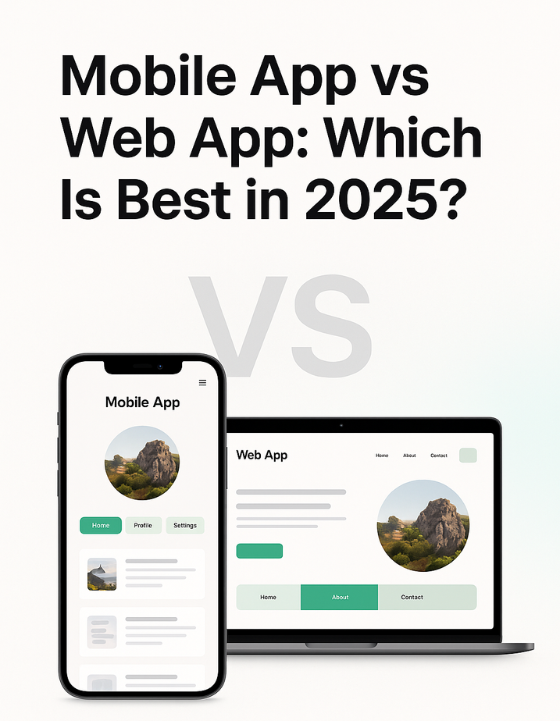

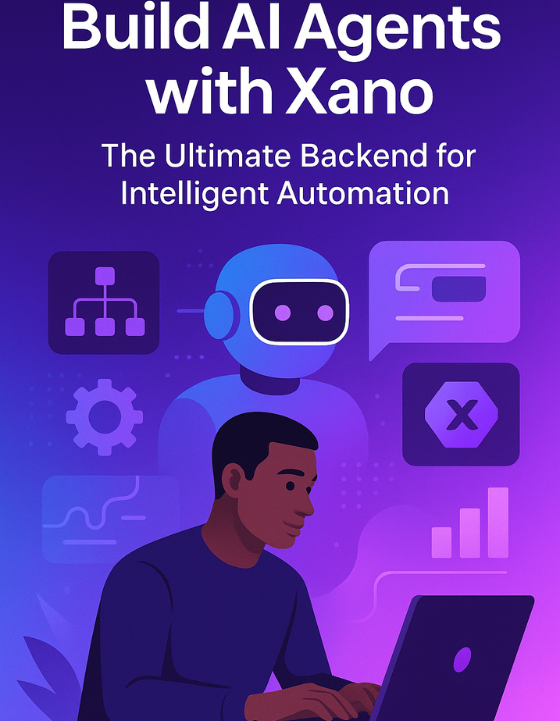
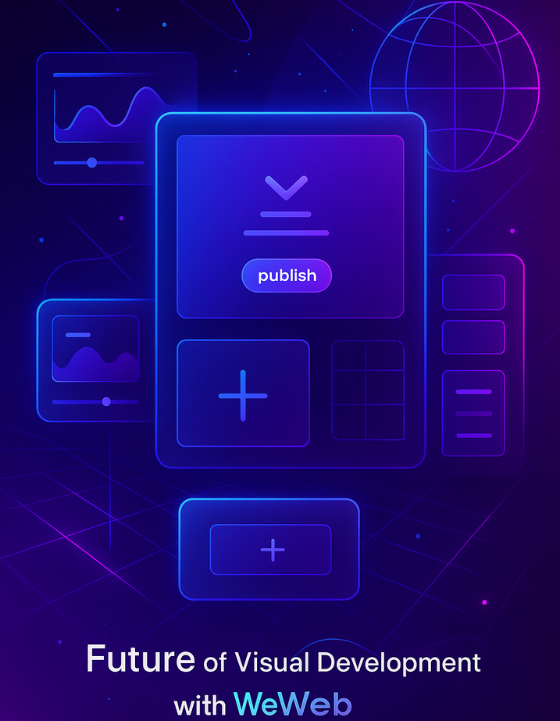
.png)
.png)
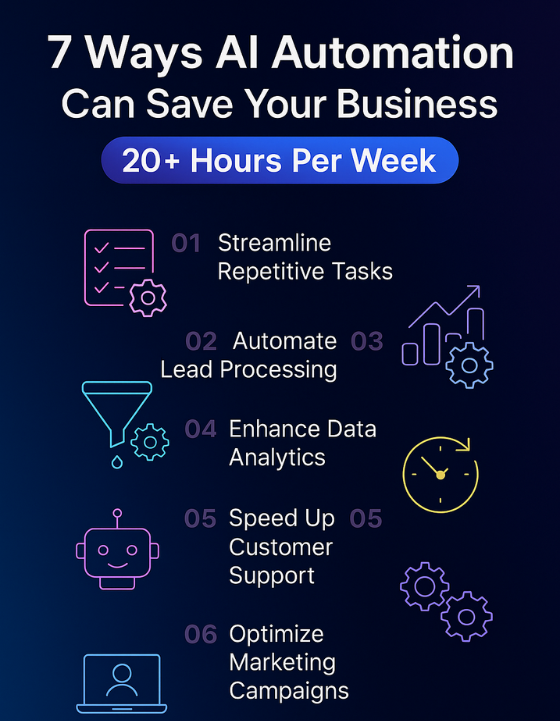
.jpg)
.jpg)
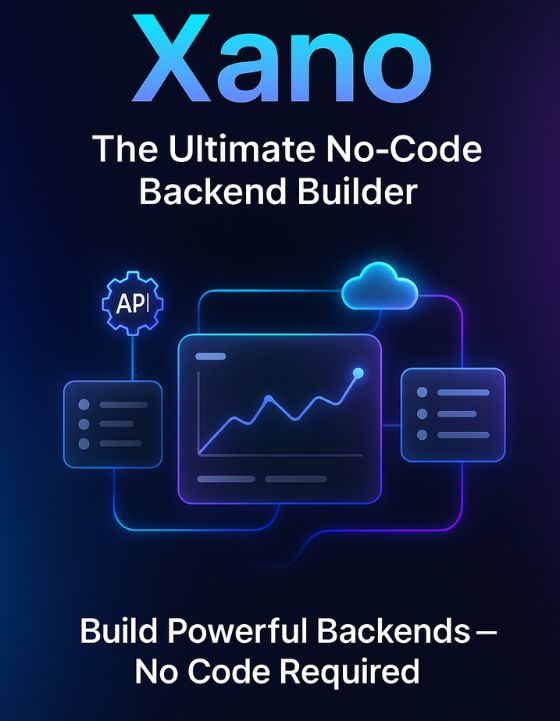
.png)
.png)
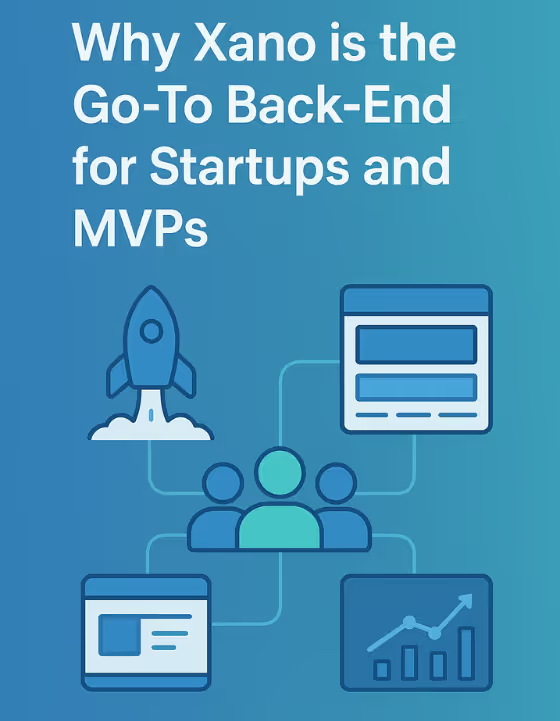


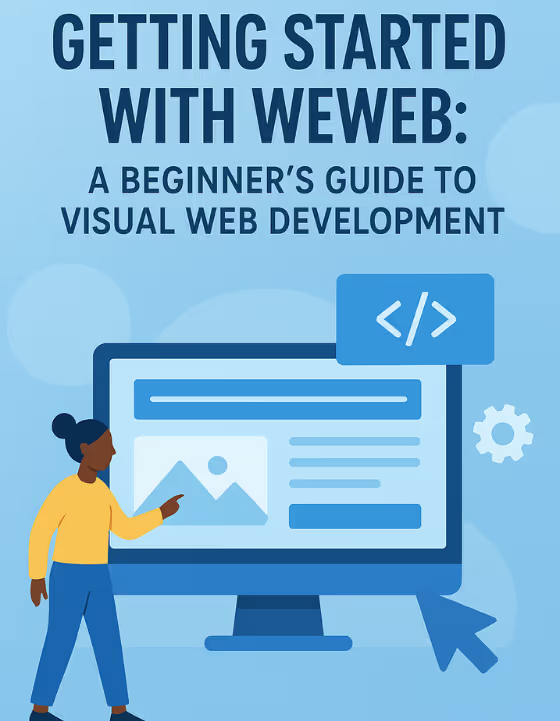
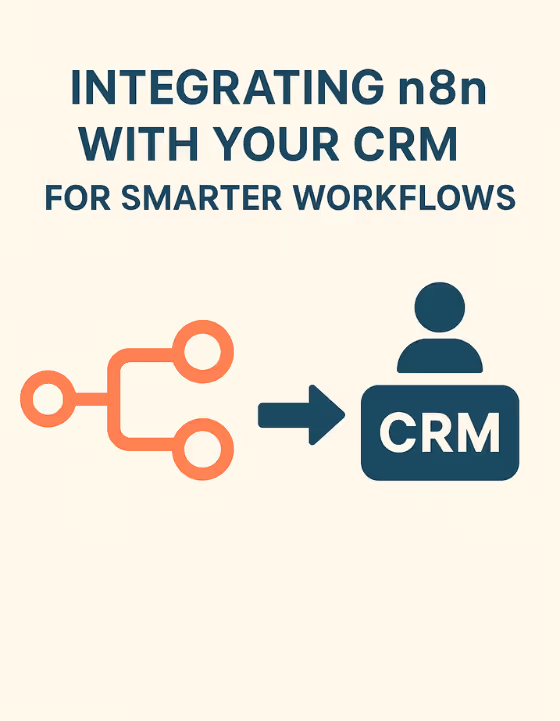
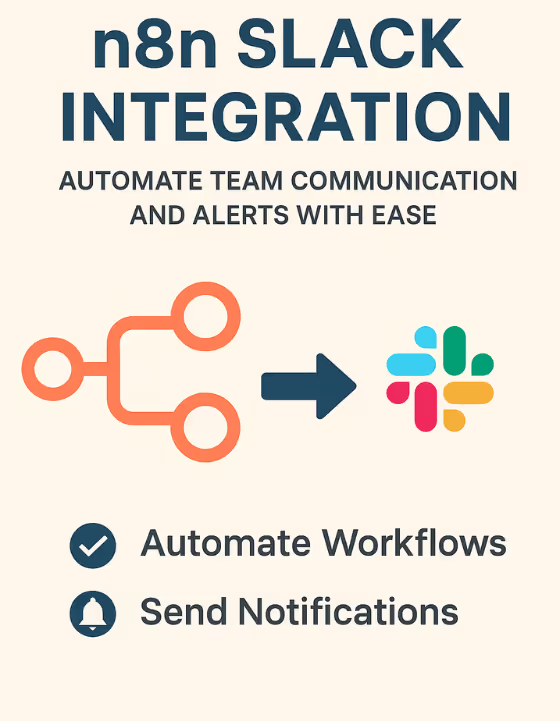

















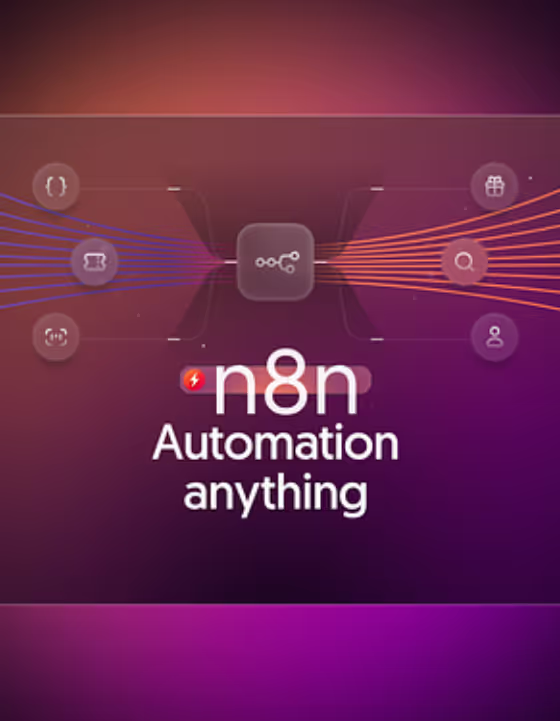



.avif)























.avif)














.avif)

.webp)





